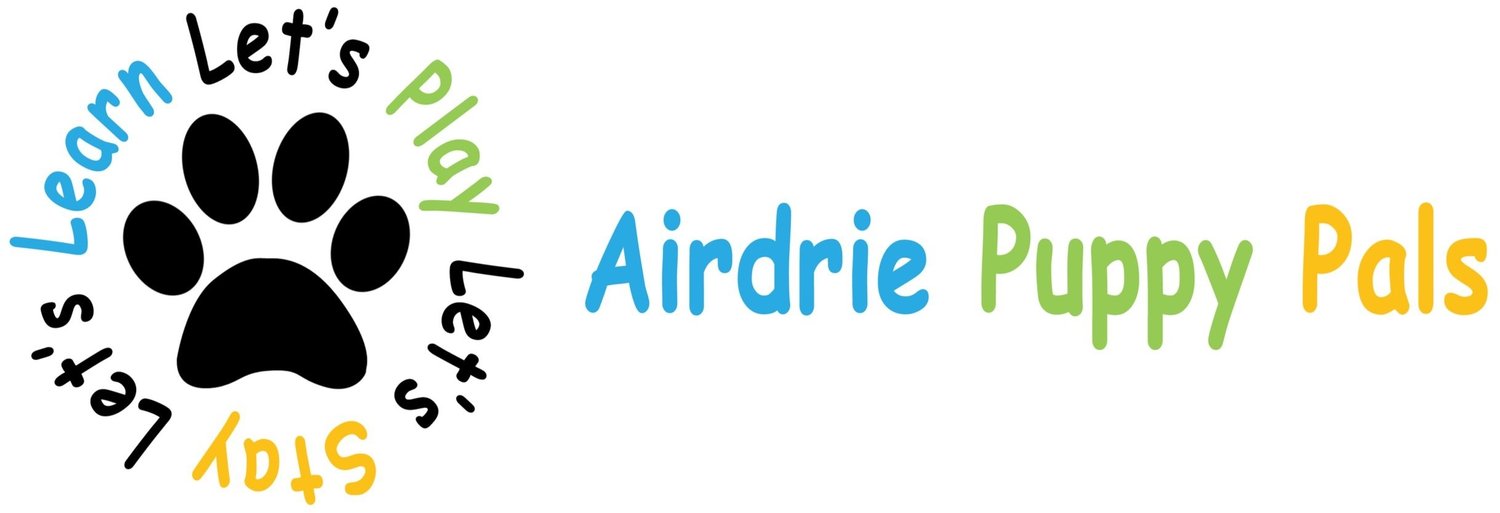Alphabet Soup - What do those letters mean?
When you see letters following a animal professional's name, do you know what they signify?
These aren't just random letters; they represent hard-earned credentials in the animal field. At the recent APDT conference, Brad from the Certification Council for Professional Dog Trainers (CCPDT) and I, representing the International Association of Animal Behavior Consultants (IAABC), discussed the importance of certification.
The Journey from Learning to Earning Credentials
Imagine you enroll in a course, study hard, and pass the exam. You receive a certificate — a recognition of your effort and understanding of the subject. That's a valuable step, but it's often where the journey ends. However, earning certification from CCPDT or IAABC is a different journey. You don't just sign up; you apply. You need to prove you've got hands-on experience and endorsements or attestation statements from veterinarians, colleagues, and clients. The exams aren't only about what you've learned and how you apply that knowledge. CCPDT tests you with multiple-choice questions, while IAABC requires written responses on your experience, education and how you apply that knowledge.
Why Credentials Matter
But why do these credentials matter? It's not just about the challenge of getting them; it's about what you promise to uphold once you do. CCPDT and IAABC professionals adhere to the Joint Standard of Practice and Code of Ethics. Moreover, holding these credentials means you pledge to continue learning. Both organizations require ongoing education through Continuing Education Units (CEUs) to maintain certification.
Understanding the Letters
So, the next time you see someone with a string of letters after their name, remember it's wise to ask and understand what those letters mean.
Not all credentials are the same, and in animal behavior and training, the right ones are symbols of a professional's commitment to excellence, ongoing education, and ethical conduct.



